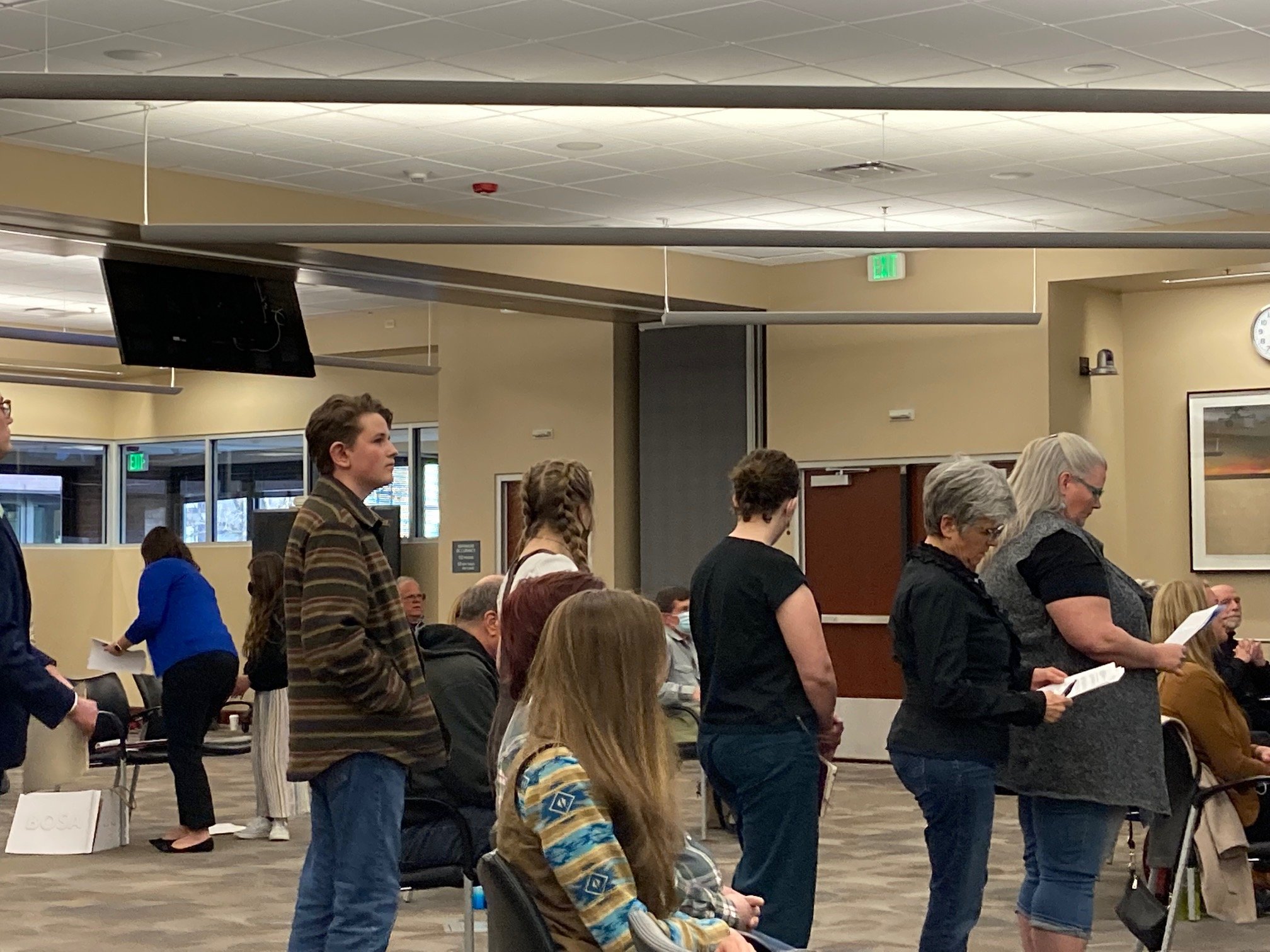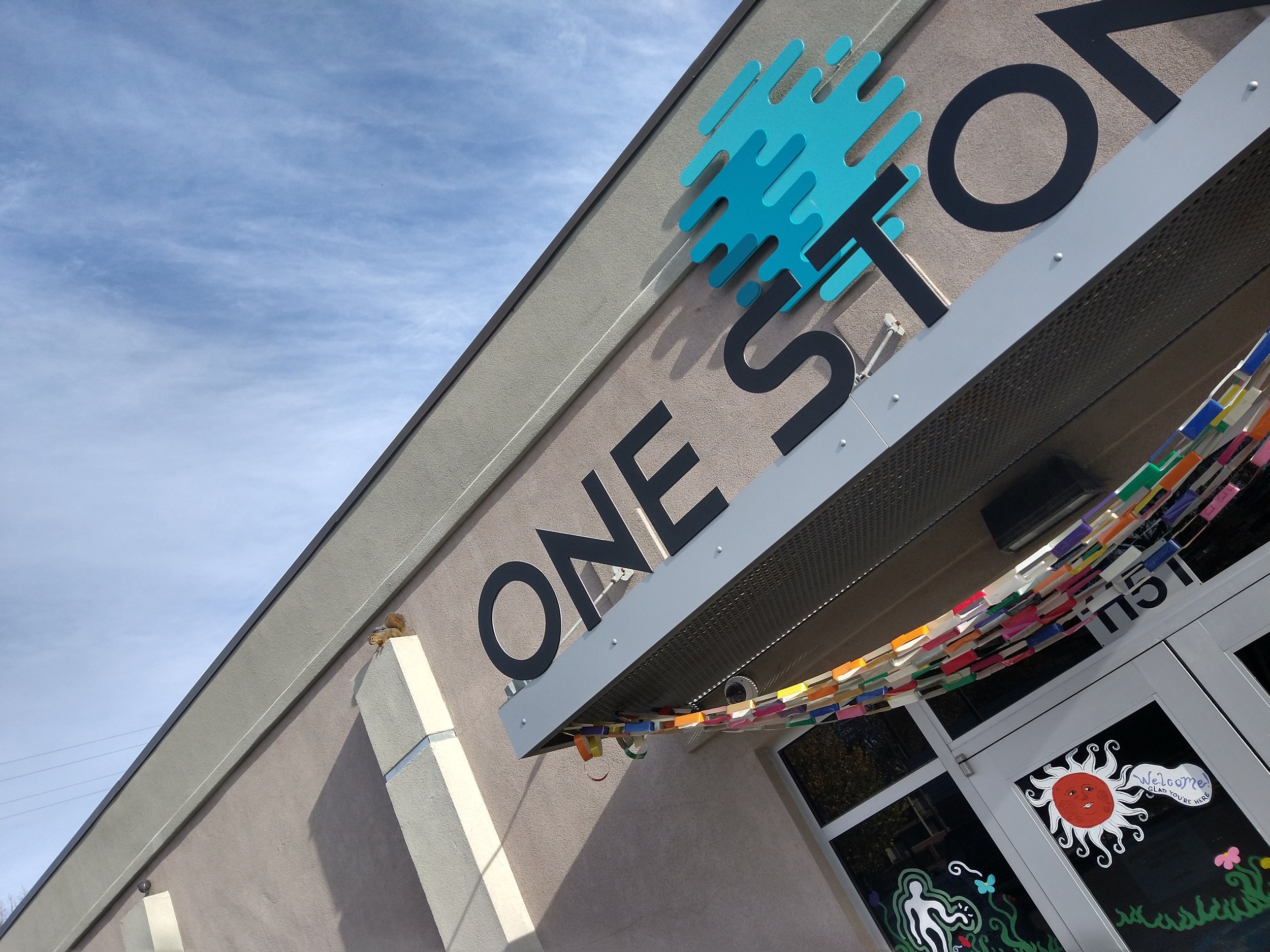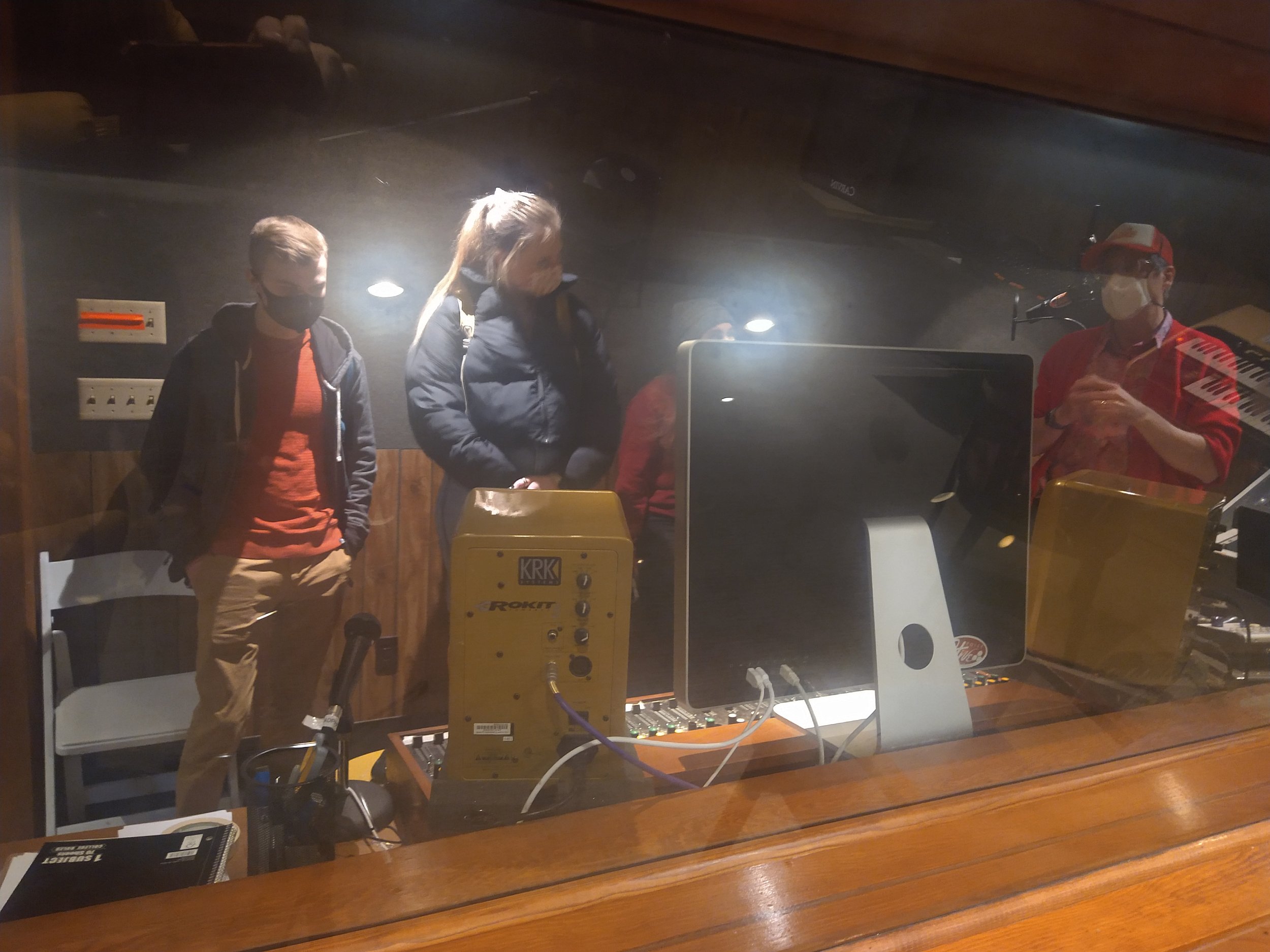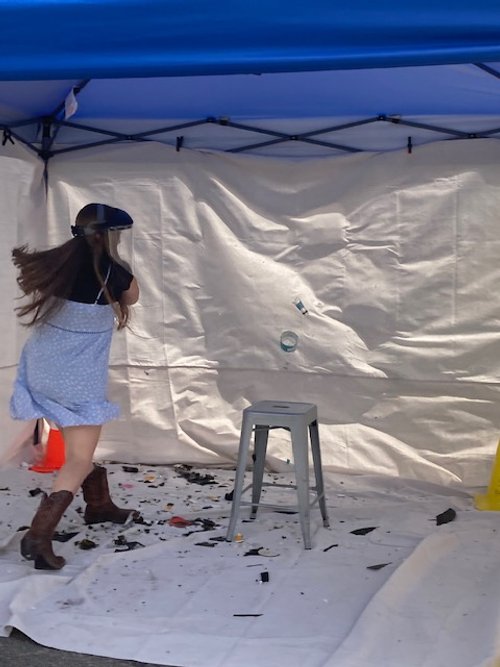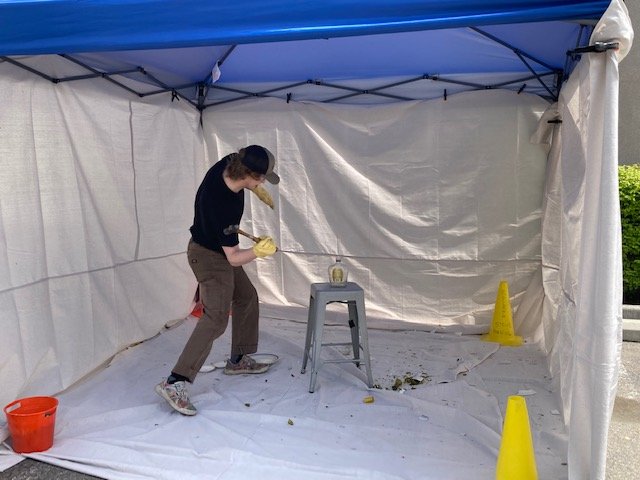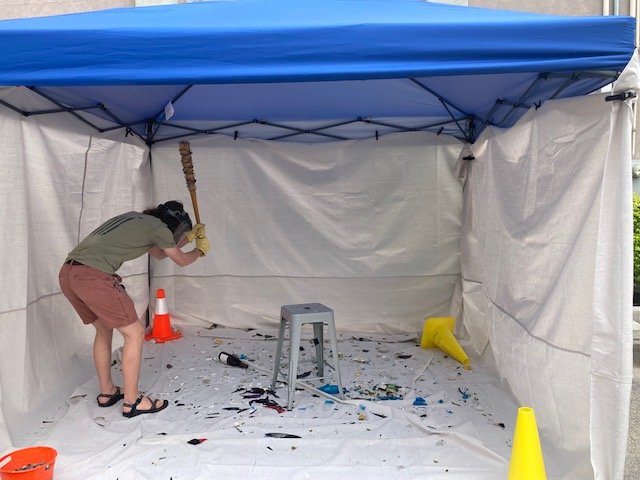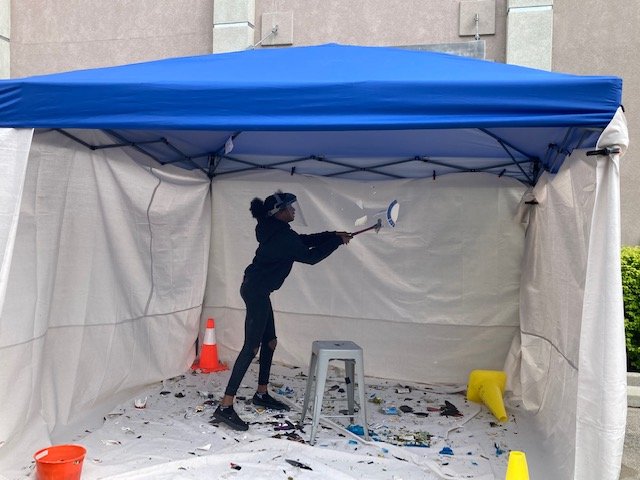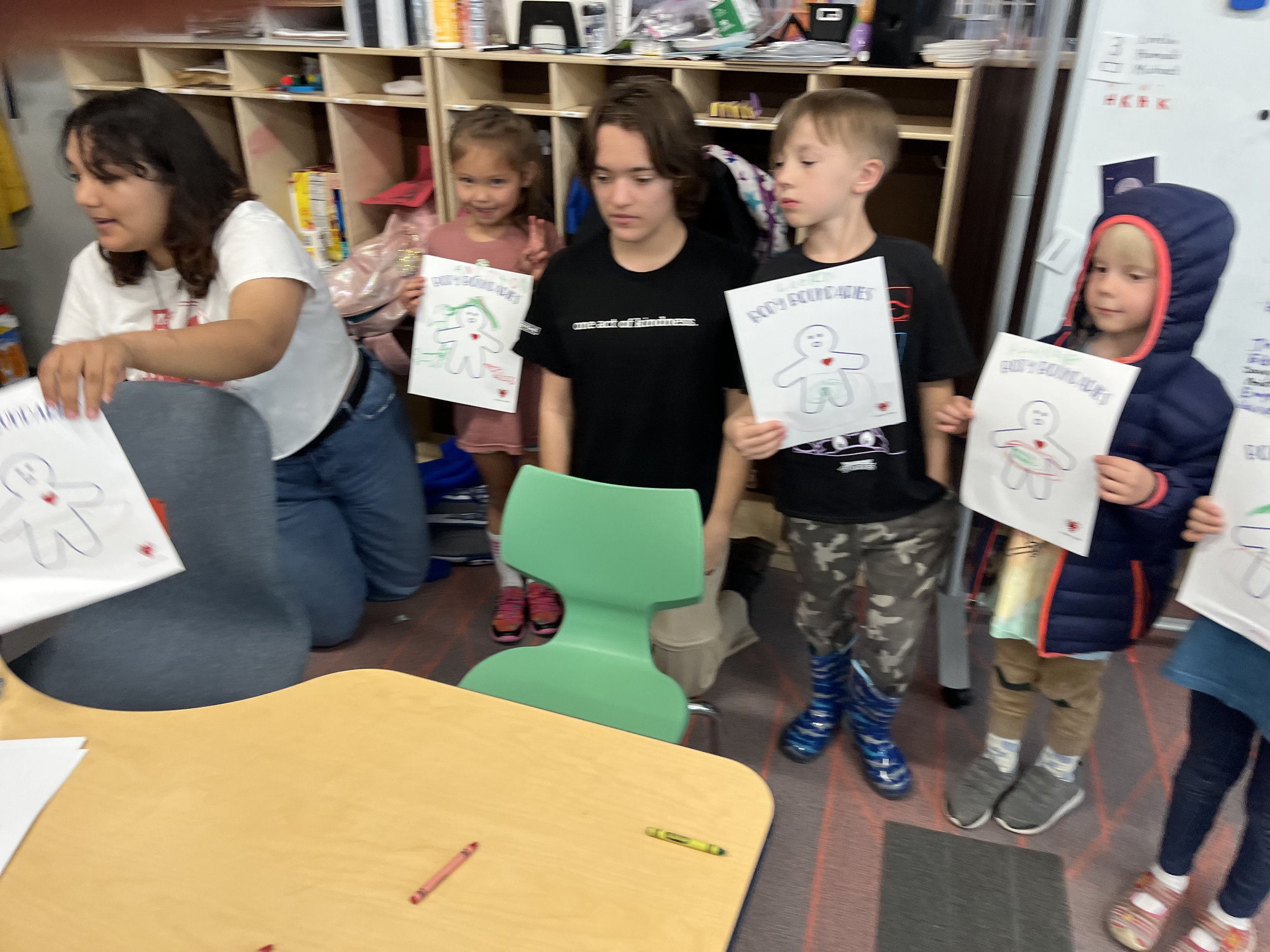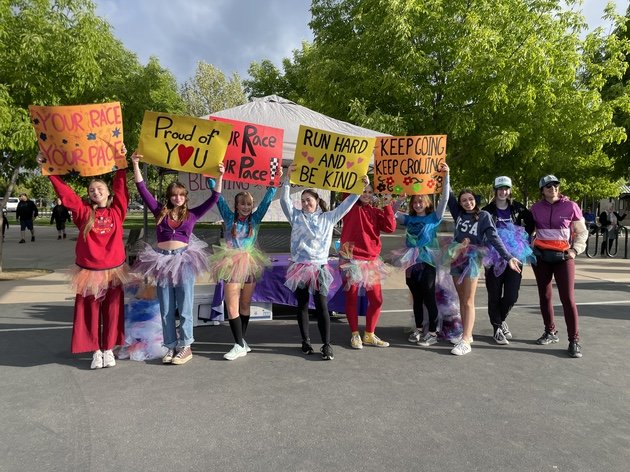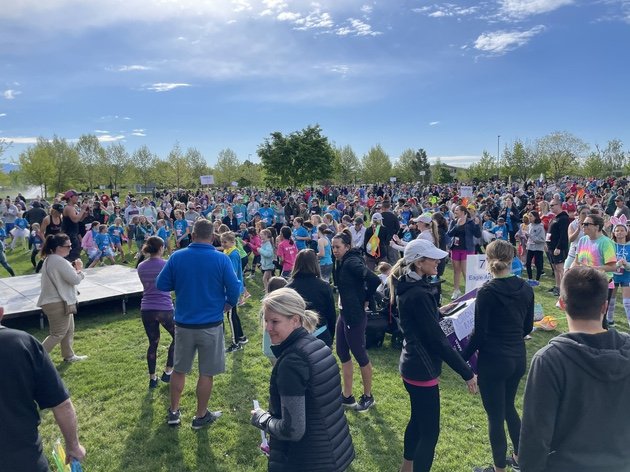How Might We create a supportive environment for people to feel safe and welcome so people know they aren’t alone while understanding that topics surrounding mental health can be stressful.
The mental health team began our empathy in Fall of 2021. We met with multiple therapists and psychiatrists in order to totally grasp the effect of mental health on our community. Our interests naturally flowed toward teens, as that is the group we can empathize with and understand the most. Internally, we had many vulnerable conversations on how mental health has affected our lives whether it was diagnosed illnesses or everyday stressors. We came to the conclusion that we may not be able to entirely change the mental health of teens in Boise from the root, but we could certainly address it in smaller ways. During ideation, we gathered data on what people do to cope with their mental health. The answers ranged from going on walks in nature, to spending time with their loved ones, to pursuing their passions like sports, writing, or art. A lot of us agreed that we just needed some kind of outlet, and A Shatter That Matters was born. Based on the idea of a break room, we researched how breaking and destroying everyday objects could be a huge release for teens. They could spend time with friends, laugh, and be more wild than in any other place.
However, a few members of the team hadn’t quite settled on the break room. They wanted to impact the general downtown Boise population and were inspired by gift giving. One member of the team received flowers and both the recipient and the person who gave them felt more happy afterwards. Flowers are obviously a small gesture, but they represent a lot and can brighten almost anybody's day. Two team members decided to incorporate this act of kindness into the project and prototyped on their own and the results were beautiful. One woman on the street even cried and admitted that she had just ended a relationship. Back at HQ, we ideated on flowers and decided to combine them with short inspirational notes. These messages had to be applicable to everyone and we spent time creating these one sentence phrases so that they could be the most effective. After finding a source for flowers, the Flower Power team was born.
For the implementation process, our team, Mental Health, hosted a Shatter That Matters and another event called Flower Power.
A Shatter That Matters was a breakroom that was hosted at One Stone, and the project Flower Power was when many people wrote kind notes on flowers and headed downtown to give them out to many different people. Our team did not partner with anyone for either of these events.
Throughout our interviews we learned that many teens struggle with mental health along with other people in the Downtown Boise area. For experimentation, our team went to a breakroom in Nampa called Hammertime. While there we were able to discover which items were the best to break along with learning if it did actually work towards our goal of allowing people to express their anger freely and think about other better coping mechanisms they may have or could create.
When we hosted the Flower Power event there were around 245 different recipients of the project and it seemed to have a larger impact. When we hosted the breakroom around only 15 people attended. However, they all said that they were greatly impacted by the event.
For the breakroom to happen, many of our team members went out to ask various companies for anything breakable that was not of any use to them. We ended up getting very lucky with knowing some very generous people. We mainly got our breakables from Second Chance, the Record Exchange, and Boise Art Glass. This was where the majority of our inventory came from aside from One Stone itself. We are all very appreciative of all the glass we were able to obtain.
Fast Facts Sheet
Year(s): Fall 2021- spring 22
Focus: Mental health
Recipients: Teenagers, downtown boise population
Number of recipients: 250
Number of One Stone members involved in planning: 13
Number of additional One Stone members that helped with implementation: 150
Number of weeks of planning: ~5
How many hours it took to implement: ~14 total


